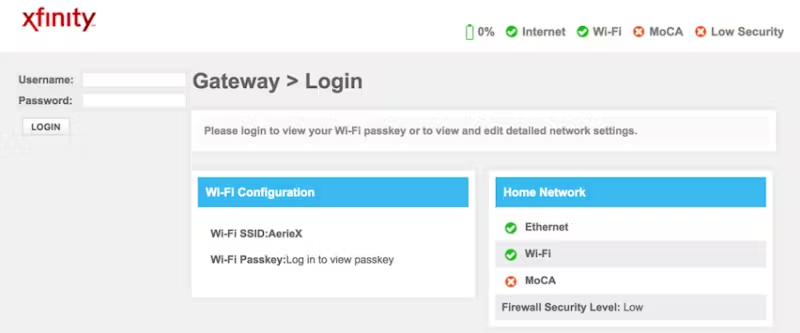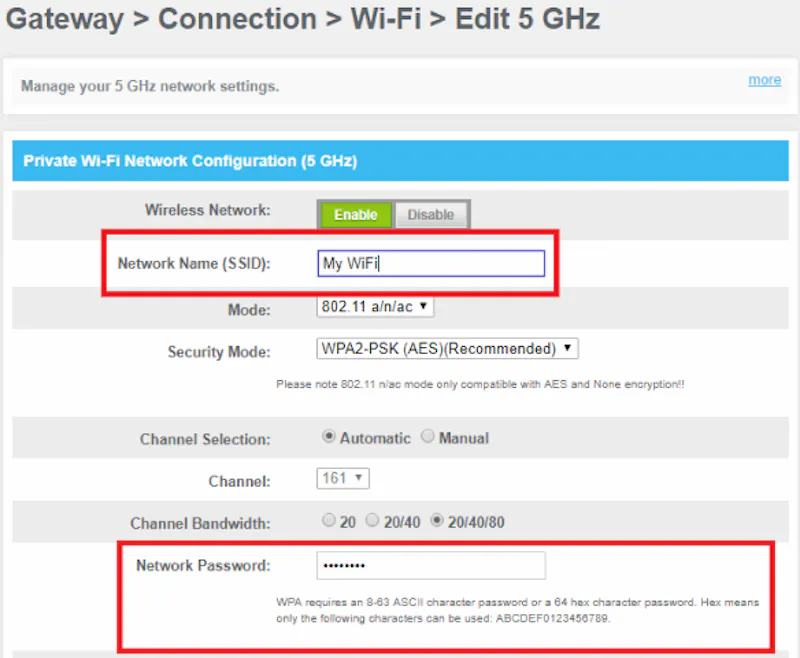10.0.0.1 - Login Admin
Default logins for 10.0.0.1
- IP Address:
- 10.0.0.1
- Username:
- admin
- Password:
- password
- IP Address:
- 10.0.0.1
- Username:
- admin
- Password:
- admin
- IP Address:
- 10.0.0.1
- Username:
- cusadmin
- Password:
- highspeed
- IP Address:
- 10.0.0.1
- Username:
- Cisco
- Password:
- Cisco
- IP Address:
- 10.0.0.1
- Username:
- highspeed
- Password:
- cusadmin
The 10.0.0.1 IP Address
Simply put, IP addresses are labels used to identify devices on a computer network. Having an IP address allows a device to connect and communicate with other devices over an IP-based network, with the most common example being the internet.
Your Internet service provider gets IP addresses from Regional Internet Registries (RIRs), which assign the numbers to you.
So you don’t directly connect to the Internet – you connect to a network – and that network grants you access.
Let’s delve in and explore why people are often confused about IP addresses and what to avoid — for a seamless Internet connection, your router provides a gateway to connect mobile phones, computers, and other devices to the Internet — by assigning local IP addresses to each.
The Internet Protocol v4 (IPv4) is a core Internet protocol, with over four billion free-to-allocate IP addresses provided by RIRs.
This is where the 10.0.0.1 private IP address comes into the picture. Many router manufacturers use the 10.0.0.1 private IP address to set up routers on a network to provide Internet access. They remap different IP address spaces onto other addresses so you can use the Internet.
Common Mistypes — For IP Addresses
When setting up a router, people often misspell the IP addresses on the search bar. The typo doesn’t lead you to any page. Here’s what people often (mis)type in the address bar:
Incorrect: 10.0.0.0.1
Correct: 10.0.0.1
Incorrect: 1.0.0.0.1
Correct: 10.0.0.1
Incorrect: 1.0.0.0.1
Correct: 10.0.01
Incorrect: http://10.0.0.0.1
Correct: http://10.0.0.1
Incorrect: https://10.0.0.0.1
Correct: https://10.0.0.1
Incorrect: 10.0.0.0.1 login
Correct: 10.0.0.1 login
Incorrect: 10.0.0.0.1 admin
Correct: 10.0.0.1 admin
All of these will not yield any result and may lead to the ‘this site cannot be reached’ error. Even the autocomplete feature for browsers often suggests – 10.0.0.0.1 instead of 10.0.0.1 – as the mistype is so common.
Logging In To 10.0.0.1

When you buy a new Comcast or Xfinity router and access the admin panel, you first need to connect to the router and open your browser.
Type in 10.0.0.1 or https://10.0.0.1 and press enter. This is the default way to access router settings —and is considered the gateway address (the local end of the router.)
Don’t type http://10.0.0.0.1, http://10.0.0.0.1, 10.0.01, or 1.0.0.0.1 because the addresses do not exist and will lead to an error.
Then, you are to enter a username and password on the login screen, which is different for every router manufacturer.
The login credentials for the router are often on the back of the router. Both Xfinity and Comcast routers have login credentials on the back of the device.
Once you’ve successfully logged in, you can change the default password to strengthen your network’s security.
What You Can Change With 10.0.0.1 — Frequent Settings
If you can’t find the username and password for a router, here’s a list of default router passwords and usernames that may help you. If you cannot recall the username and password, you will have to reset the router to default settings. This restores the router to its default state i.e., username, IP address, and password.
When you’ve connected with the router IP 10.0.0.1 admin page, the 10.0.0.0.1 page doesn’t exist because of the extra period and zero, you can change the settings including the IP address.
You can use any IP address between 10.0.0.0 and 10.255.255.255. Hence, the commonly mistyped addresses: 10.0.0.0.1, 10.0.01, 1.0.0.0.1 or https://10.0.0.0.1 do not work.
Difference In Set-Up: Router Brands
Some brands like Cisco, Arris International, and Technicolor use 10.0.0.1 as their IP for router setup. It often leads to confusion as many routers use 10.0.0.1 for setup — and the IPv4 addresses only have four numbers.
Remember, you can change the IP address from the admin panel. So simply reset your router and type the default IP address to change the IP to something you can remember.
Pro Tip: Change the default username and password to improve your network security.
Xfinity And Comcast Router Set Up, A Few Key Steps

First off, make sure that you buy a Comcast or Xfinity router that is up to date. Internet service providers usually provide budget routers that do not deliver excellent speeds and often lack basic features.
Next, you should choose the right channel and frequency when configuring your router to avoid any overlapping channel frequencies. The best ones to use are channels 1, 6, or 11 — but if you use a 5GHz router, there are no overlapping channels.
Make sure the router is placed high up and away from objects that could cause interference i.e., microwaves.
It’s essential to keep your Internet connection secure by changing default login credentials for your Xfinity or Comcast router.
We hope you now know how to set up a router – and the steps to follow – for better network security and fast connection speed.
Brands using 10.0.0.1
FAQ IP adddress
1. What is 10.0 0.1?
10.0.0.1 is a default IP address. The IP address always contains 4 sets of numbers ranging between 0 and 255. This is because each device connected to the internet is supposed to have a unique address. So, the first three sets are the network id, and the last set is the device id. In 10.0.0.1 the network id is 10. and the device id is .0.1
2. How to log in to 10.0 0.1 / How to login into 10.0 0.1 / How to use 10.0 0.1
First, type 10.0.0.1 in your browser’s address bar. Then, enter username and password, and then click OK or Login.
3. What are the (most common) default logins for 10.0 0.1?
The most common default logins for 10.0.0.1 IP address are Username: admin, Password: admin
4. What is the (most common) default username for 10.0 0.1?
The most common default username for 10.0.0.1 address is admin
5. What is the (most common) default password for 10.0 0.1?
The most common default password for 10.0.0.1 address is admin
6. 10.0 0.1 - How to Access Router IP Address?
First, type 10.0.0.1 in your browser’s address bar, Then, enter your username and password, and then click OK or LOGIN.
The most common default logins to access 10.0.0.1 are - username: admin, password: admin
7. How to login into 10.0 0.1 / Hot to go to 10.0 0.1 / How to use 10.0 0.1
First, type 10.0.0.1 in your browser’s address bar, Then, enter your username and password, and then click OK or LOGIN.
The most common default logins to access 10.0.0.1 are - username: admin, password: admin